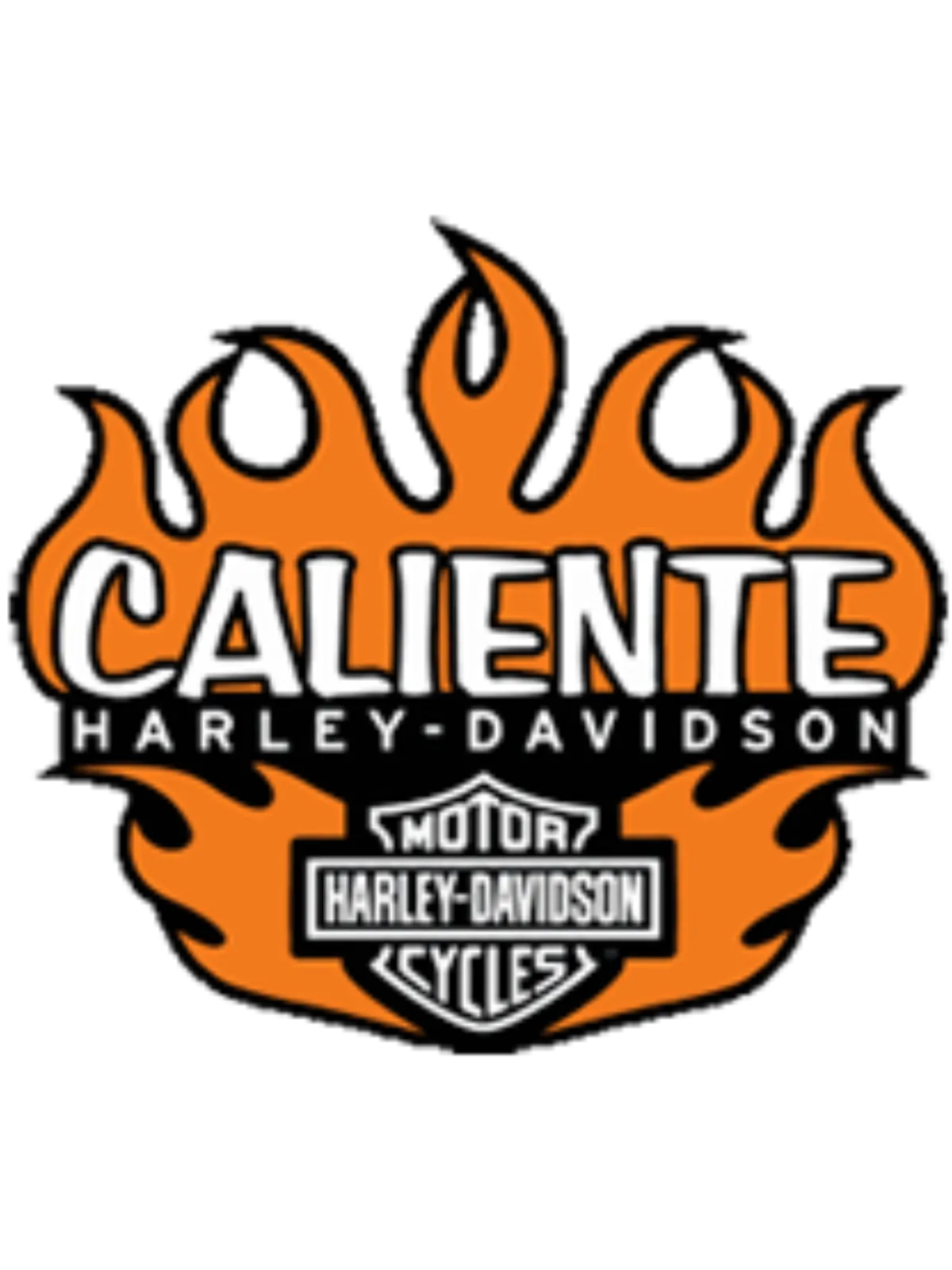Caliente Harley-Davidson Blog

The Evolution of ABS Technology in Harley-Davidson Motorcycles
The Evolution of ABS Technology in Harley-Davidson Motorcycles
Harley-Davidson has long been known for its classic styling, powerful V-twin engines, and the unmistakable rumble of its motorcycles. But as technology advanced, so did the focus on rider safety, leading to the adoption and continuous improvement of Anti-lock Braking System (ABS) technology.
ABS has revolutionized the way Harley-Davidson motorcycles handle braking, particularly in emergency situations and adverse weather conditions. Let’s take a deep dive into how this technology evolved and why it’s such an essential feature for modern riders.
The Early Days: No ABS, Just Rider Skill
For much of its history, Harley-Davidson motorcycles relied on traditional braking systems, meaning the rider had full control (and responsibility) over how much pressure to apply to the front and rear brakes. This system worked fine for experienced riders on dry, predictable road surfaces, but in emergency situations, wet conditions, or during aggressive braking, wheel lock-ups and skidding were common.
Since motorcycles only have two points of contact with the road, a locked-up wheel—especially the front—often resulted in loss of control and potential crashes. Harley riders had to develop excellent braking techniques, including feathering the brakes or using a combination of front and rear braking to avoid mishaps.
However, as safety technology advanced in the automotive world, riders and manufacturers began demanding better braking solutions for motorcycles, too.
The Introduction of ABS in Harley-Davidson (2008)
In 2008, Harley-Davidson introduced ABS as an optional feature on select models, primarily focusing on Touring and CVO (Custom Vehicle Operations) models. These bikes were often used for long-distance travel, where unpredictable road conditions and sudden stops made ABS an important safety upgrade.
The early versions of Harley’s ABS were basic but effective, designed to prevent wheel lock-ups during hard braking by rapidly pulsing the brake pressure. This allowed riders to maintain better control of the bike, even if they had to slam the brakes unexpectedly.
While some traditionalists were hesitant about the new technology, many riders who experienced ABS firsthand found that it significantly improved confidence and safety, especially in emergency situations.
ABS Becomes Standard: Project Rushmore & Beyond (2014)
Harley-Davidson continued refining its ABS technology, and by the 2014 model year, ABS became standard on most Touring models and was optional on Softail, Dyna, and Sportster models.
The 2014 Project Rushmore initiative was a game-changer for Harley’s technological advancements. Along with features like touchscreen infotainment and linked braking systems, the ABS in Rushmore models became more sophisticated:
More precise modulation of brake pressure.
Improved wheel speed sensors for quicker response times.
More seamless integration with Harley’s braking system.
These refinements made Harley-Davidson motorcycles not only safer but also easier to handle, especially for riders who tackled mountain roads, heavy traffic, and unpredictable weather.
The Next Level: Reflex Defensive Rider Systems (2020)
While standard ABS was a great step forward, cornering performance remained a challenge—especially for new riders who tended to panic-brake in turns.
In 2020, Harley-Davidson introduced Reflex Defensive Rider Systems (RDRS), an advanced suite of electronically controlled safety features that took ABS to the next level.
Key Features of RDRS ABS:
✔ Cornering Enhanced ABS (C-ABS) – Adjusts brake pressure based on lean angle, helping to prevent skidding while cornering.
✔ Linked Braking – Balances the front and rear brake pressure for better stability.
✔ Traction Control – Reduces wheel spin when accelerating on slippery surfaces.
✔ Drag-Torque Slip Control – Helps prevent rear-wheel skids when downshifting aggressively.
This was a massive improvement over traditional ABS because it allowed the system to react dynamically to different riding situations, including curves and uneven terrain.
ABS in Today’s Harley-Davidson Motorcycles
Today, ABS is either standard or available on nearly all Harley-Davidson models, including:
Touring Models (Street Glide, Road Glide, Electra Glide, Ultra Limited)
Softail Models (Fat Boy, Heritage Classic, Low Rider, Breakout)
Sportster S (RevMax platform with advanced electronic braking features)
Pan America (Adventure models featuring off-road ABS settings)
For riders who take on long-distance touring, city commuting, or even off-road adventures, ABS has become an essential tool in enhancing safety and control.
Why ABS Matters for Harley Riders
The introduction of ABS has changed the Harley-Davidson riding experience in several ways:
✅ Prevents Wheel Lock-Up – Reduces the risk of sliding out of control.
✅ Increases Stability in Wet Conditions – Essential for rainy rides and slippery roads.
✅ Improves Emergency Braking – Helps prevent panic-induced crashes.
✅ Boosts Rider Confidence – Especially for new riders or those transitioning to bigger bikes.
With these safety benefits, it’s no surprise that ABS has become a must-have feature for modern riders.
The Future of ABS in Harley-Davidson
As motorcycle technology continues to advance, we can expect even more intelligent braking systems in Harley-Davidson motorcycles. Future ABS systems may integrate artificial intelligence, radar-assisted braking, or adaptive cruise control, making riding even safer without taking away the classic Harley experience.
One thing is certain—Harley-Davidson has come a long way from the days of manual braking mastery, and the evolution of ABS proves that safety can coexist with power, performance, and freedom on the open road.
Whether you're ripping down the highway or carving through a canyon, today’s ABS-equipped Harleys help keep riders safe, confident, and in control—just the way it should be.

Facebook
Instagram
TikTok
Youtube